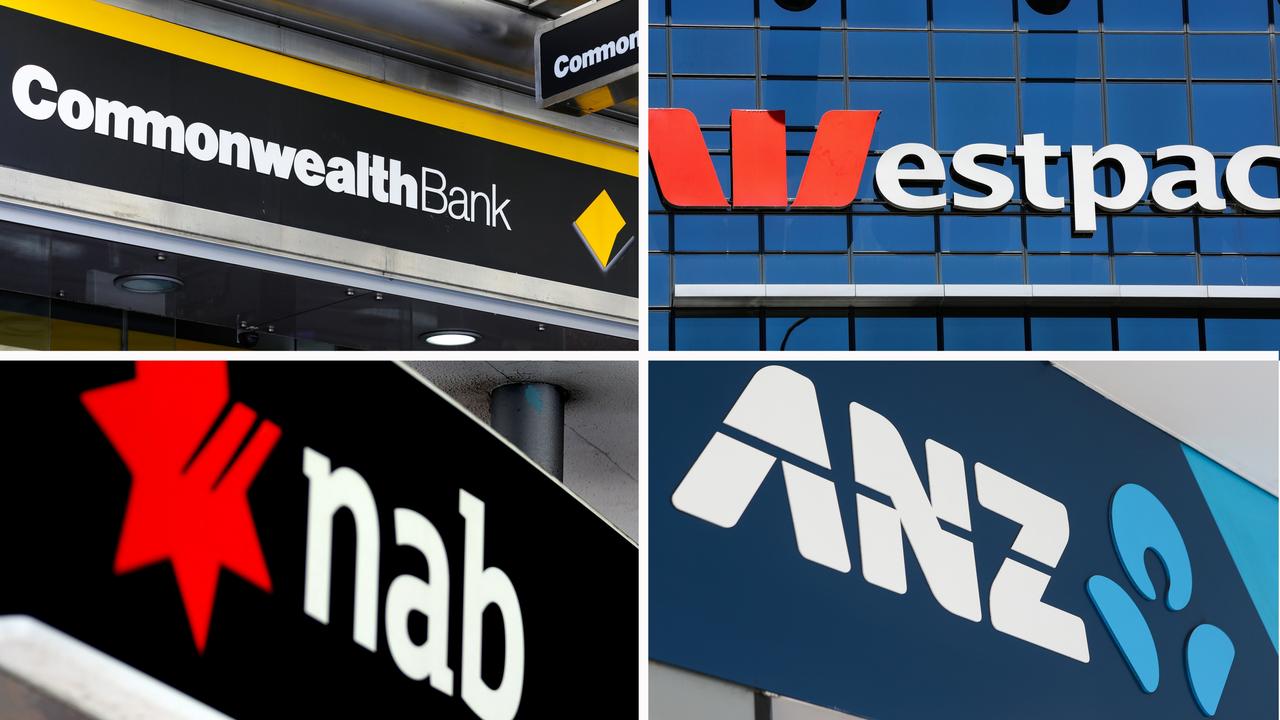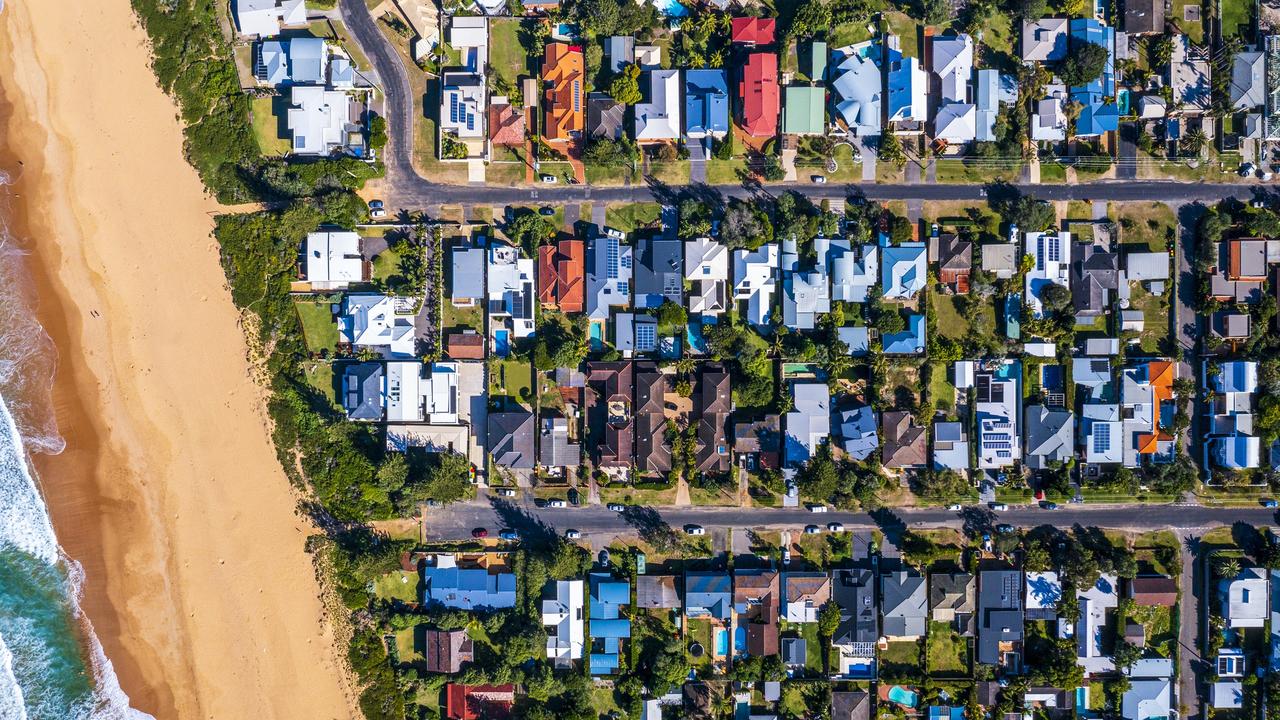Official cash rate remains at 0.75 per cent following Reserve Bank’s November meeting
The Reserve Bank of Australia has left the official interest rate at 0.75 per cent – but experts agree the next cut is only months away.

Interest Rates
Don't miss out on the headlines from Interest Rates. Followed categories will be added to My News.
Australia’s official cash rate has been kept on hold for now – although most financial experts expect at least two more cuts by early 2020.
At its November meeting this afternoon, the Reserve Bank of Australia adopted a wait-and-see approach by holding the interest rate at the historic low of 0.75 per cent.
The decision came off the back of a 25 basis point cut at last month’s meeting, after another two cuts in June and July.
However, economists almost universally predict further cuts are inevitable in the coming months.
In his statement, RBA Governor Philip Lowe said while the outlook for the global economy remains reasonable, the risks are tilted to the downside.
“The US – China trade and technology disputes continue to affect international trade flows and investment as businesses scale back spending plans because of the uncertainty,” he said.
“At the same time, in most advanced economies, unemployment rates are low and wages growth has picked up, although inflation remains low.
“Interest rates are very low around the world and a number of central banks have eased monetary policy in response to the persistent downside risks and subdued inflation. “Expectations of further monetary easing have generally been scaled back over the past month and financial market sentiment has improved a little.”
He said the outlook for the Australian economy was little changed from three months ago. “After a soft patch in the second half of last year, a gentle turning point appears to have been reached,” he said.
“The central scenario is for the Australian economy to grow by around 2¼ per cent this year and then for growth gradually to pick up to around 3 per cent in 2021.
“The low level of interest rates, recent tax cuts, ongoing spending on infrastructure, the upswing in housing prices in some markets and a brighter outlook for the resources sector should all support growth.”
According to CoreLogic research director Tim Lawless, today’s decision came as no surprise.
“Considering the RBA is running out of conventional monetary policy ammunition, the decision to hold the cash rate at the historic low of 0.75 per cent was widely anticipated,” he said.
“The decision to keep rates on hold was supported by the latest labour market and inflation readings, which saw the national unemployment rate nudge lower, while annual headline inflation edged slightly higher.
“Additionally, a rebound in housing values and a rise in buyer activity will hopefully begin to flow through to a gradual improvement in household wealth and spending.”
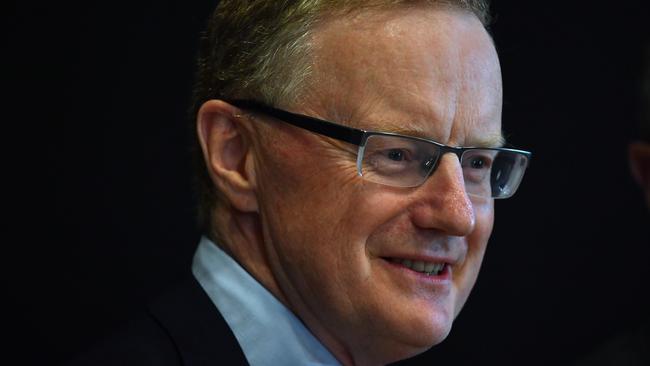
Mr Lawless said while several key economic indicators have stabilised, the RBA would likely be carefully monitoring other indicators which have continued to lose momentum such as consumer confidence, residential construction activity and retail spending.
“One of the negative side-effects of such historically low interest rates is that Australian households and businesses are reading through the low rate setting and becoming less confident about their household finances and the outlook for the economy, which is offsetting some of the stimulatory benefits of historically low interest rates,” he explained.
“Although the cash rate has remained on hold, lenders are becoming increasingly competitive, particularly for high quality borrowers – those with low debt relative to their incomes and a responsible track record of savings together with expenses that are in line with their incomes.
“No doubt the lowest mortgage rates since at least the 1950s and improved access to credit following APRA’s decision to adjust the interest rate serviceability floor are contributing to a rebound in housing market conditions.”
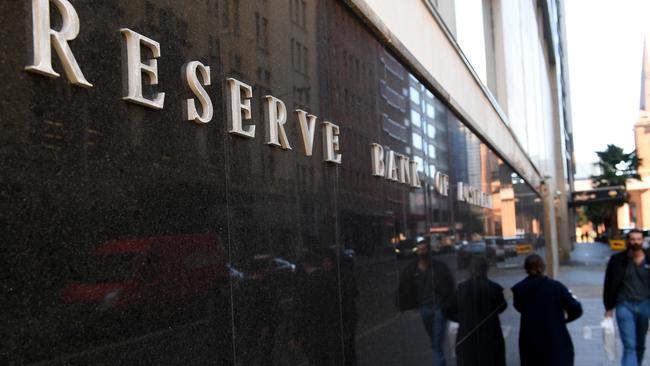
Mr Lawless said the improved housing market conditions were a positive for broader economic conditions, but said an increase in speculative activity from property investors or a slip in the quality of lending standards “could be the trigger for a new round of macro-prudential policies aimed at maintaining prudent lending standards and keeping a lid on further accrual of housing related debt”.
Canstar’s money expert, Effie Zahos, said the Reserve Bank has been upbeat about the economy with Governor Philip Lowe’s latest comments showing a lack of urgency to move the cash rate in November.
“Having said that though, underlying inflation still remains well below the Reserve Bank’s target range of 2 to 3 per cent and job numbers, while better, aren’t great,” she said.
“Throw in the latest underwhelming retail sales figures, an all important indicator into how Aussies are spending, and you can understand why low rates are here to stay.
“The risk of course with low rates is that they tend to fuel property prices. While the Reserve Bank is keeping a close eye on this, its hands are somewhat tied to keeping rates low in the hope of stimulating the economy.”
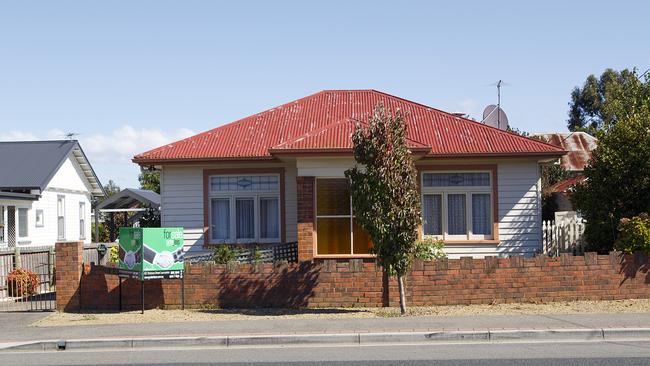
Ms Zahos said the question for budding homebuyers in Sydney and Melbourne especially is just how fast property prices will move.
“It’s likely the Reserve Bank will hit the pause button on cash rate movements through the rest of this year, with most economists predicting further easing to occur in February 2020 if the labour market continues to underperform,” she said.
“Irrespective of what the Reserve Bank does, rate cuts remain available to borrowers with interest rates as low as 2.69 per cent.”
Originally published as Official cash rate remains at 0.75 per cent following Reserve Bank’s November meeting


